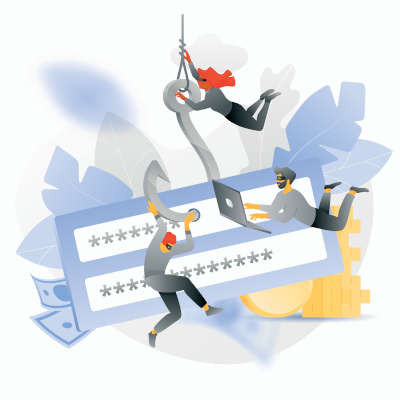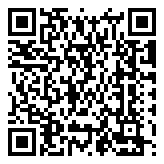Attend IT Blog
Tip of the Week: 5 Ways to Easily Identify a Phishing Attack
If you’ve been reading this blog for any length of time, you’ve seen us reference a phishing attack. Whether you are being asked by some supposed Nigerian prince to fork over money or you are getting an email by what seems to be your bank that directs you to download an attachment, you are probably a potential victim of a phishing scam. The difference between being a potential victim and a victim is knowing how to identify it. Today, we’ll give you five ways to identify a phishing message so that you—or your company—won’t be scammed.
#1 - Urgency
When you get an email and the verbiage is such that it immediately makes you panic a little, you are probably dealing with a phishing attempt. Email is a really useful tool for businesses and individuals alike, but it typically isn’t the medium where someone is going to give you news that will make your anxiety spike. The message can come from many different directions, but if its tone is one where it makes you think you have to act immediately, you should calm down and verify the message with a call or text.
#2 - Attachments
Again, email is useful for interpersonal communication, but unless you are expecting an email, or you know exactly who is sending you a message, you should never click on an attachment. This goes double if it is from a financial institution. No reputable bank is going to send you a downloadable attachment unless you are in direct communication with them. Even then, these organizations have secure apps for these types of transactions. Do yourself a favor and don’t download attachments from emails unless you know exactly what the attachment is.
#3 - Spelling and Grammar Errors
Let me ask you this: In the course of doing business, when corresponding with people outside your organization, do you send emails with gratuitous spelling and error problems? No? That’s because you don’t want the recipient to be put off by your handle of the language. Phishing emails tend to be written by people whose first language isn’t English and they tend to make terrible spelling and grammar mistakes. If you are getting an email from your bank, but the content of the message is riddled with typos, you are dealing with a phishing email.
#4 - Your Personal Information
Any email that is sent to you that asks for personal information should be met with caution. Even if it looks authentic, when the email directs you to provide information that you don’t feel comfortable giving out—like a credit card number or your social security number—you’re almost always dealing with a scammer. If an organization needs your personal information, it will create an interface that will allow you to securely provide that information. They can’t afford not to.
#5 - Addresses Aren’t Legitimate
Finally, one of the telltale signs that you are being phished is the legitimacy of the links and addresses in the message itself. Firstly, you should be suspect of links in unsolicited emails anyway, but to be sure, you can mouse-over any links. If you don’t immediately recognize the web address, don’t click on the link. As far as email addresses go, it can often be difficult to tell if an email address is legitimate or not. One rule of thumb, if there is more than one period in the address, don’t click on it. It may be legitimate, but investigating it takes seconds and can help you avoid a lot of headaches.
Here’s a quick, short guide to help you and your staff:
- Everyone handles their domains a little differently, but use this as a general rule of thumb:
- a. paypal.com - Safe
- b. paypal.com/activatecard - Safe
- c. business.paypal.com - Safe
- d. business.paypal.com/retail - Safe
- e. paypal.com.activatecard.net - Suspicious! (notice the dot immediately after Paypal’s domain name)
- f. paypal.com.activatecard.net/secure - Suspicious!
- paypal.com/activatecard/tinyurl.com/retail - Suspicious! Don’t trust dots after the domain!
- Check the email in the header. An email from Amazon wouldn’t come in as noreply@amazn.com. Do a quick Google search for the email address to see if it is legitimate.
- Always be careful opening attachments. If there is an attachment or link on the email, be extra cautious.
- Be skeptical of password alerts. If the email mentions passwords, such as “your password has been stolen,” be suspicious.
We hope that this short guide helps you avoid clicking on phishing attacks as they can have devastating and adverse effects on your computer, your network, and your business. For more great tips and tricks, return to our blog regularly. If you want to talk about how best to train your staff about phishing attacks, call us today at 020 8626 4485.
About the author

